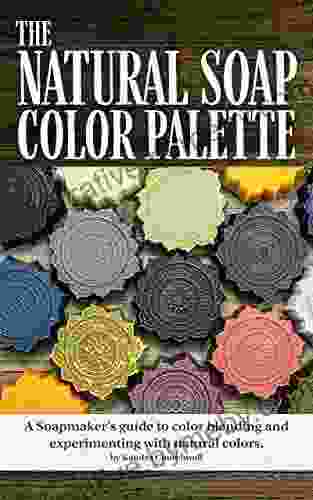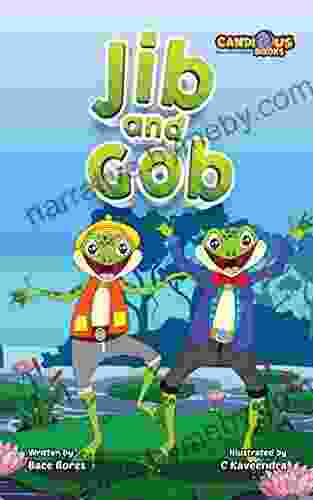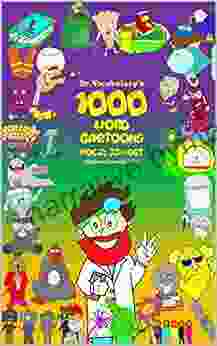Soapmaker's Guide to Color Blending and Experimenting with Natural Colors

The world of soapmaking is a canvas where creativity and artistry intertwine. One of the most captivating aspects of this craft is the ability to infuse soaps with vibrant colors that evoke emotions, tell stories, and enhance their visual appeal. While synthetic dyes offer a wide array of shades, natural colors derived from plants, minerals, and other organic sources possess a unique charm and depth that cannot be replicated. This guide will take you on a journey through the mesmerizing world of color blending and experimentation with natural ingredients, empowering you to create captivating and unique soaps that will elevate your craft to new heights.
Nature's palette is brimming with a vast array of natural colors, each with its own distinctive properties and characteristics. From the vibrant hues of turmeric and paprika to the earthy tones of clays and activated charcoal, the possibilities are endless. In this chapter, we will explore the different types of natural colors available, their sources, and their suitability for soapmaking. We will also delve into the concept of color theory, providing you with a framework for understanding how colors interact and complement each other.
The plant kingdom is a veritable treasure trove of natural colors. Roots, barks, leaves, flowers, and fruits can all be used to extract pigments that can be incorporated into soaps. Some of the most popular plant-based colors include:
4.1 out of 5
| Language | : | English |
| File size | : | 13271 KB |
| Text-to-Speech | : | Enabled |
| Enhanced typesetting | : | Enabled |
| Print length | : | 63 pages |
| Lending | : | Enabled |
| Screen Reader | : | Supported |
| X-Ray for textbooks | : | Enabled |
- Turmeric: Yields a warm, golden yellow color
- Paprika: Imparts a vibrant orange hue
- Madder root: Produces a rich, deep red
- Indigo: Creates a range of blue shades, from light to dark
- Henna: Provides a warm, reddish-brown color
Minerals also offer a fascinating array of colors for soapmaking. These pigments are derived from rocks, clays, and other geological formations. Some of the most commonly used mineral colors include:
- Clays: Available in a variety of colors, including red, green, yellow, and white
- Ochres: Earthy pigments that range from yellow to brown
- Activated charcoal: Provides a deep black color
- Mica: Adds a shimmering, iridescent effect to soaps
In addition to plants and minerals, there are other sources of natural colors that can be used in soapmaking. These include:
- Foods: Certain fruits, vegetables, and spices can be used to create natural colors. For example, beet juice yields a rich pink color, while spinach powder imparts a green hue.
- Insects: Some insects, such as cochineal and lac, can be used to produce vibrant colors.
- Fungi: Certain types of fungi, such as reishi and shiitake, can also be used to extract natural pigments.
Once you have familiarized yourself with the different types of natural colors available, the next step is to learn how to blend them to create custom hues. Color blending is an art form that requires a combination of knowledge, experimentation, and a keen eye for detail. In this chapter, we will cover the following topics:
- Understanding Color Theory: Learn about the color wheel, primary colors, secondary colors, and tertiary colors.
- Color Mixing Techniques: Explore different techniques for mixing colors, including additive mixing, subtractive mixing, and glazing.
- Creating Custom Hues: Discover how to blend natural colors to achieve specific shades and tones.
- Color Matching: Learn how to match colors accurately, ensuring consistency in your soapmaking.
With a solid foundation in color blending, you can now embark on the exciting journey of experimenting with natural colors. This is where your creativity can truly shine as you explore different combinations and techniques to create unique and captivating soaps. In this chapter, we will cover the following topics:
- Dyeing Techniques: Discover various methods for dyeing soap, including cold process, hot process, and melt-and-pour techniques.
- Layering and Swirling: Learn how to create beautiful layered and swirled effects in your soaps.
- Texture and Embellishments: Explore different ways to add texture and embellishments to your soaps, such as using exfoliating additives, botanicals, and molds.
- Troubleshooting: Address common challenges and troubleshoot any issues you may encounter while experimenting with natural colors.
While natural colors are generally safe for use in soapmaking, it is important to be aware of potential hazards and take appropriate safety precautions. In this chapter, we will cover the following topics:
- Handling Precautions: Learn proper handling techniques for natural colors, including wearing gloves, masks, and eye protection.
- Storage and Disposal: Understand how to store and dispose of natural colors safely and responsibly.
- Potential Allergens: Be aware of potential allergens and take steps to minimize the risk of reactions.
- First Aid Measures: Familiarize yourself with first aid measures in case of accidental exposure to natural colors.
To inspire your creativity, this chapter features a gallery of stunning soaps that showcase the vibrant possibilities of natural colors. From intricate swirls to layered masterpieces, these soaps are a testament to the artistry and skill of soapmakers around the world. Use this gallery as a jumping-off point for your own experiments and let your imagination soar.
In the world of soapmaking, natural colors are a gateway to a world of creativity and endless possibilities. By understanding the different types of natural colors available, learning the art of color blending, and experimenting with different techniques, you can create captivating and unique soaps that will delight your customers and elevate your craft to new heights. Remember to embrace the magic of natural colors and let your creativity flow. With each new experiment, you will discover the enchanting possibilities that await you in the realm of soapmaking.
4.1 out of 5
| Language | : | English |
| File size | : | 13271 KB |
| Text-to-Speech | : | Enabled |
| Enhanced typesetting | : | Enabled |
| Print length | : | 63 pages |
| Lending | : | Enabled |
| Screen Reader | : | Supported |
| X-Ray for textbooks | : | Enabled |
Do you want to contribute by writing guest posts on this blog?
Please contact us and send us a resume of previous articles that you have written.
 Book
Book Novel
Novel Page
Page Chapter
Chapter Text
Text Story
Story Genre
Genre Reader
Reader Library
Library Paperback
Paperback E-book
E-book Magazine
Magazine Newspaper
Newspaper Paragraph
Paragraph Sentence
Sentence Bookmark
Bookmark Shelf
Shelf Glossary
Glossary Bibliography
Bibliography Foreword
Foreword Preface
Preface Synopsis
Synopsis Annotation
Annotation Footnote
Footnote Manuscript
Manuscript Scroll
Scroll Codex
Codex Tome
Tome Bestseller
Bestseller Classics
Classics Library card
Library card Narrative
Narrative Biography
Biography Autobiography
Autobiography Memoir
Memoir Reference
Reference Encyclopedia
Encyclopedia Mitch Benjamin
Mitch Benjamin Richard Paul Evans
Richard Paul Evans Bob Santos
Bob Santos Tim W Jackson
Tim W Jackson Aspen Matis
Aspen Matis Baoshu
Baoshu Bart Astor
Bart Astor Aurelia Jackson
Aurelia Jackson Mark D Ramirez
Mark D Ramirez Josef Feller
Josef Feller Ascencia
Ascencia Edward R Lachapelle
Edward R Lachapelle Ashu Dutt
Ashu Dutt Barry Adkins
Barry Adkins Becky Munsterer Sabky
Becky Munsterer Sabky Aubrey Clayton
Aubrey Clayton Rachel M Harper
Rachel M Harper Marianne Brandis
Marianne Brandis John W F Dulles
John W F Dulles Nicole Espinosa
Nicole Espinosa
Light bulbAdvertise smarter! Our strategic ad space ensures maximum exposure. Reserve your spot today!

 Camden MitchellLet's Get Married, Preto Village Novel: A Literary Journey into the Heart of...
Camden MitchellLet's Get Married, Preto Village Novel: A Literary Journey into the Heart of... Heath PowellFollow ·10.4k
Heath PowellFollow ·10.4k Johnny TurnerFollow ·9.4k
Johnny TurnerFollow ·9.4k Jay SimmonsFollow ·17.3k
Jay SimmonsFollow ·17.3k Todd TurnerFollow ·2.9k
Todd TurnerFollow ·2.9k Cortez ReedFollow ·11.4k
Cortez ReedFollow ·11.4k W.H. AudenFollow ·17.1k
W.H. AudenFollow ·17.1k Hugo CoxFollow ·8.6k
Hugo CoxFollow ·8.6k Eliot FosterFollow ·7.4k
Eliot FosterFollow ·7.4k
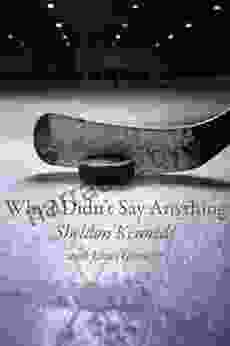
 Ian McEwan
Ian McEwanWhy Didn't Anyone Say Anything? Uncovering the Hidden...
By [Author's...

 William Wordsworth
William WordsworthArthurian Legendarians: Faithless One - Part One – A...
In the realm of legendary tales, the...
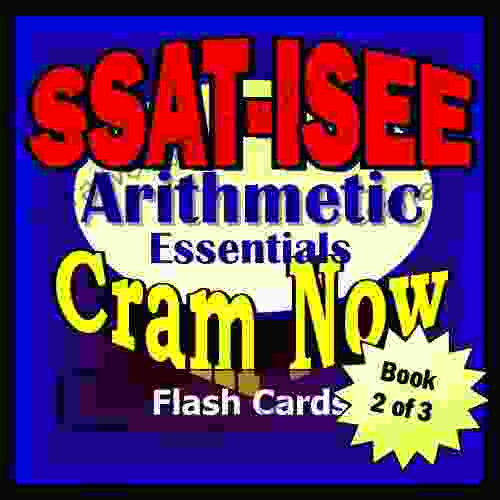
 Corey Hayes
Corey HayesSSAT ISEE Prep Test: Arithmetic Review Flash Cards Cram...
Are you preparing for the SSAT or ISEE exam?...
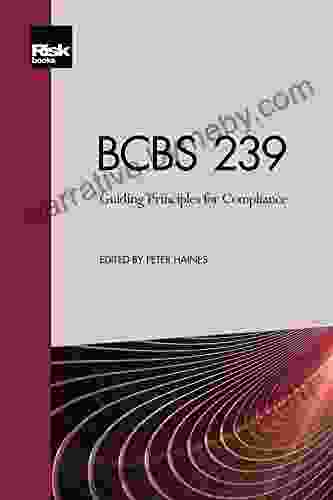
 Robert Louis Stevenson
Robert Louis StevensonUnveiling the Essential Guide to Compliance: BCBS 239...
In the ever-evolving...
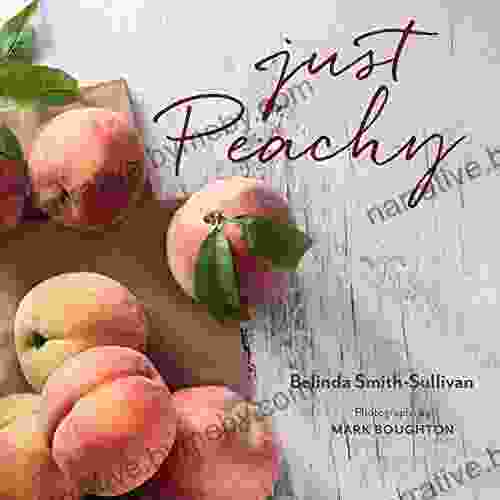
 Javier Bell
Javier BellJust Peachy: A Tale of Sweetness and Sassiness
Immerse yourself in a...

 Brent Foster
Brent FosterStep-by-Step Instruction Manual to Building a Real Estate...
Are you eager to embark on the...
4.1 out of 5
| Language | : | English |
| File size | : | 13271 KB |
| Text-to-Speech | : | Enabled |
| Enhanced typesetting | : | Enabled |
| Print length | : | 63 pages |
| Lending | : | Enabled |
| Screen Reader | : | Supported |
| X-Ray for textbooks | : | Enabled |


